procul hinc, procul este, severi
Ovid Amores 2.1.3

First published in Great Britain in 2014 by
Pen & Sword Military
an imprint of
Pen & Sword Books Ltd
47 Church Street
Barnsley
South Yorkshire
S70 2AS
Copyright Nic Fields 2014
ISBN 978 1 78159 188 8
eISBN 9781473838147
The right of Nic Fields to be identified as the Author of this Work has been asserted by him in accordance with the Copyright, Designs and Patents Act 1988.
.
A CIP catalogue record for this book is available from the British Library
All rights reserved. No part of this book may be reproduced or transmitted in any form or by any means, electronic or mechanical including photocopying, recording or by any information storage and retrieval system, without permission from the Publisher in writing.
Typeset in Ehrhardt by Mac Style, Bridlington, East Yorkshire
Printed and bound in the UK by CPI Group (UK) Ltd, Croydon, CRO 4YY
Pen & Sword Books Ltd incorporates the imprints of Pen & Sword Archaeology, Atlas, Aviation, Battleground, Discovery, Family History, History, Maritime, Military, Naval, Politics, Railways, Select, Transport, True Crime, and Fiction, Frontline Books, Leo Cooper, Praetorian Press, Seaforth Publishing and Wharncliffe.
For a complete list of Pen & Sword titles please contact
PEN & SWORD BOOKS LIMITED
47 Church Street, Barnsley, South Yorkshire, S70 2AS, England
E-mail: enquiries@pen-and-sword.co.uk
Website: www.pen-and-sword.co.uk
Contents
List of Plates
Caricature credits
: Caricature of Nero by the author, based upon a rough sketch of the head of Nero and signed TVLLIVS ROMANVS MILES (Tullius Romanus, soldier), which was found in the basement of the Domus Tiberiana on the Palatine Hill, Rome.
: Caricatures of Galba, Otho, Vitellius and Vespasianus by Pedro Llorente, based upon various busts of the aforementioned emperors.
Maps and Graphics
(* = depleted by the dispatch of vexillationes to Italy)
| Iberia |
| 1. I Adiutrix | ? |
| 2. VI Victrix | Len-Castra Legionis? |
| 3. X Gemina | Rosinos de Vidriales |
| Britannia |
| 4. *II Augusta | Gloucester- Glevum |
| 5. *VIIII Hispana | Lincoln- Lindum |
| 6. *XX Valeria Victrix | Wroxeter- Viriconium |
| 7. XIIII Gemina Martia Victrix | in transit but returning to the province |
| Germania Inferior |
| 8. *XV Primigenia | Xanten- Vetera |
| 9. *XVI Gallica | Neuss- Novaesium |
| 10. *I Germania | Bonn- Bonna |
| Germania Superior |
| 11. Macedonica | Mainz- Mogontiacum |
| 12. *XXII Primigenia | Mainz- Mogontiacum |
| Pannonia |
| 13. VII Galbiana | Petronell- Carnuntum |
| 14. XIII Gemina | Ptuj- Poetovio |
| Dalmatia |
| 15. XI Claudia pia fidelis | Knin-Burnum |
| Moesia |
| 16. VII Claudia pia fidelis | Kotolac- Viminacium |
| 17. III Gallica | Gigen- Oescus |
| 18. VIII Augusta | Svitov- Novae |
| Italy |
| 19. I Italica | from Lyon- Lugdunum (Gallia Lugdunensis) |
| 20. V Alaudae | from Xanten- Vetera (Germania Inferior) |
| 21. XXI Rapax | from Windisch- Vindonissa (Germania Superior) plus vexillationes of I Germania, II Augusta, IIII Macedonica, VIIII Hispana, XV Primigenia, XVI Gallica, XX Valeria Victrix, XXII Primigenia |
Rome
Praetorian Guard (sixteen cohortes )
urban cohorts (four cohortes )
e classicis legio (perhaps sailors recruited from classis Misenensis )
| Syria |
| 22. IIII Scythica | Krus- Cyrrhus (near Beroea/Aleppo) |
| 23. VI Ferrata | Rafaniat-Raphaneae (near Emesa/Homs) |
| 24. XII Fulminata | Rafaniat- Raphaneae |
| Iudaea |
| 25. V Macedonica | Caesarea- Caesarea Maritima |
| 26. X Frentensis | Caesarea- Caesarea Maritima |
| 27. XV Apollinaris | Beit Shean- Scythopolis |
| Egypt |
| 28. III Cyrenaica | Sidi Gaber- Nikopolis (near Alexandria) |
| 29. XXII Deiotariana | Sidi Gaber- Nikopolis |
| Africa |
| 30. I Macriana liberatrix | Hadra-Ammaedara |
| 31. III Augusta liberatrix | Hadra-Ammaedara |
2. Organization of a Neronian legion
Legio
The chief tactical unit of the Roman army, the legio was divided into ten cohortes , all of which, during the Iulio-Claudian era, were officially 480 strong. Attached to a legio was a body of mounted legionaries, known as the equites legionis and 120 strong.
Cohortes I X
The primary tactical unit of the Roman army, the cohors was subdivided into six centuriae of eighty men. Each centuria was led by a centurio who was assisted by an optio, signifer , and tesserarius .
Centuria
The centuria was the smallest unit of the Roman army. An administrative arrangement that served no tactical purpose, a centuria was divided into ten contubernia , tentfuls. Each contubernium consisted of eight men, contubernales , who messed and slept together, sharing a leather tent on campaign and a pair of rooms in a barrack block. In the period from Augustus to Nero, a legio had sixty centuriae .
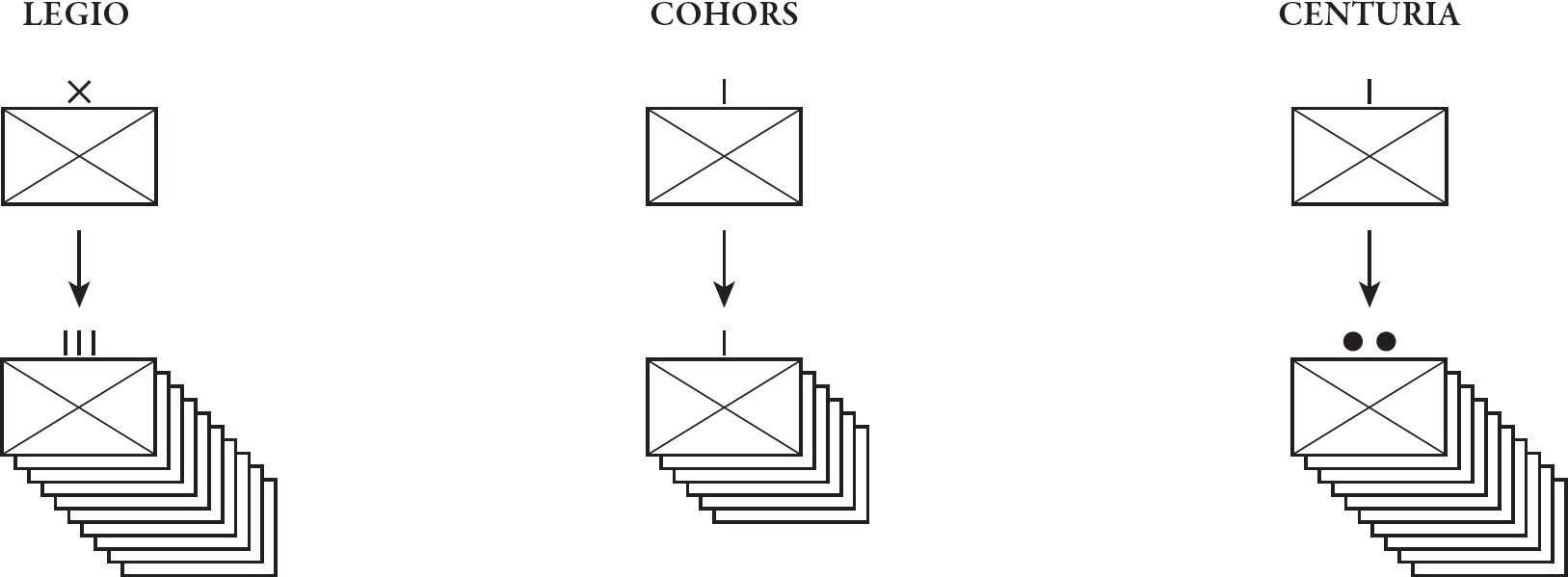
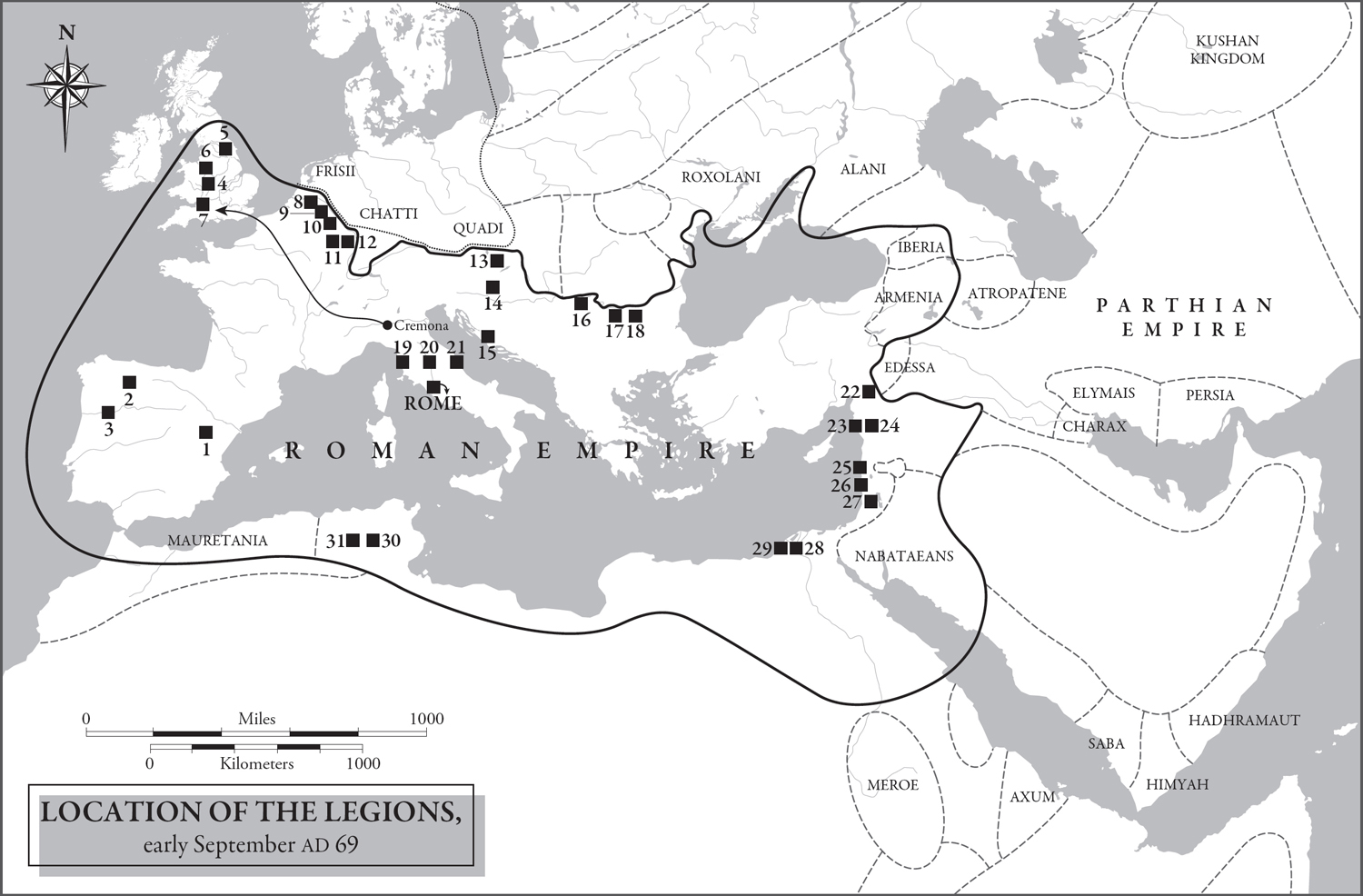

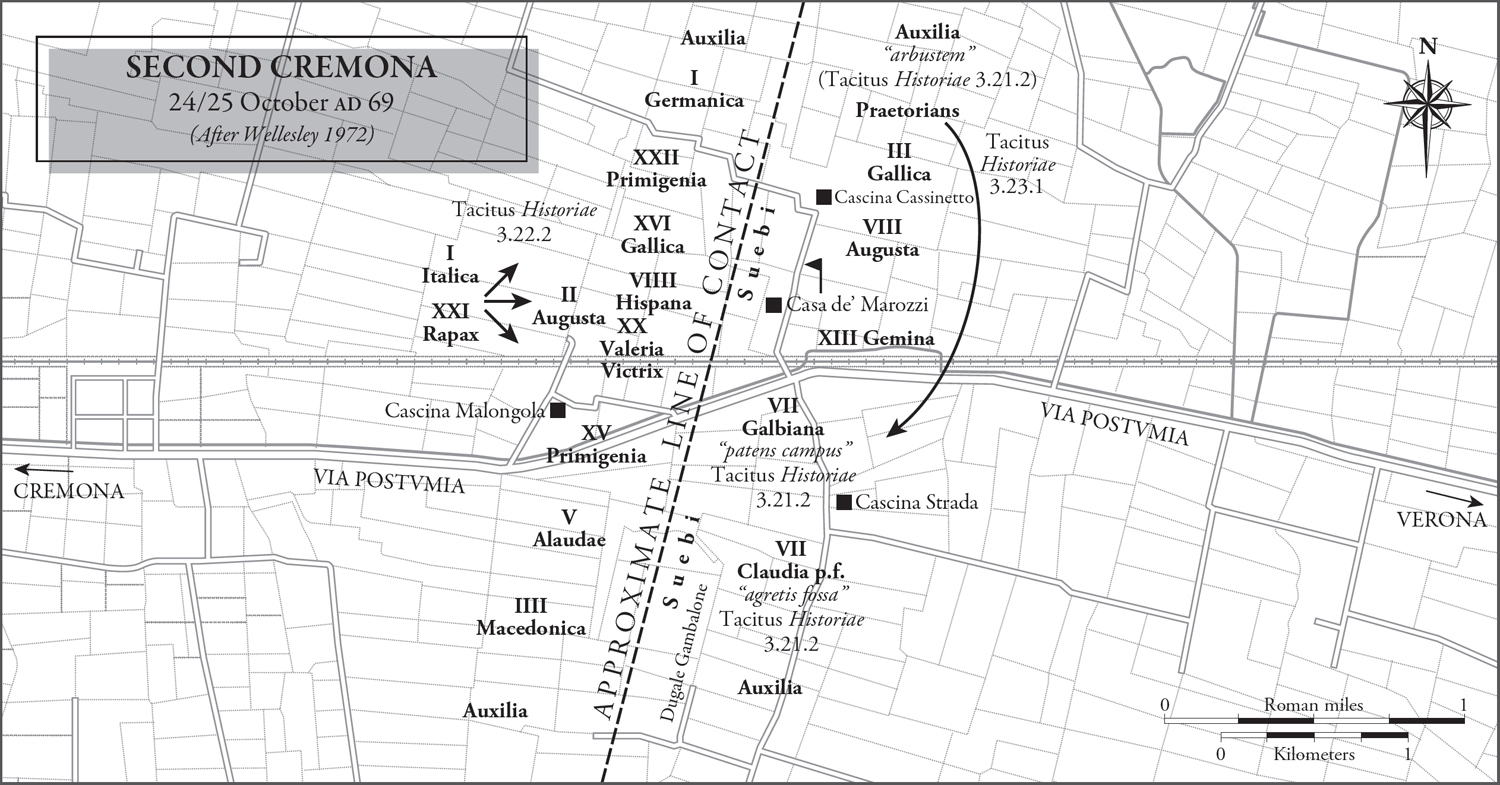
VITELLIANS
Full legions: I Italica, V Alaudae, XXI Rapax
Vexillationes: II Augusta, VIIII Hispana, XX Valeria Victrix (from Britannia), I Germanica, IIII Macedonica, XV Primigenia, XVI Gallica, XXII Primigenia (from Germania)
FLAVIANS
From Pannonia: VII Galbania, XIII Gemina
From Moesia: III Gallica, VII Claudia p.f., VIII Augusta
 HQ of Antonius Primus
HQ of Antonius Primus
Prologue: Imperial Illusions
I n the harrowing year of four emperors, Otho, whose principate is a byword for its unpeaceful brevity, struck gold coins that proudly displayed the sugary words PAX ORBIS TERRARVM Peace of the World on their reverse side. Nothing, of course, was said of the blacker side of the picture, since one rightly expects the message on coinage, like other political propaganda, to concentrate on heartening uplift. Still, what is remarkable about Othos coinage is the total dissociation of its inscription from what was really going on at the time of its issue. The truth was otherwise. To the contrary, there was no peace, and we can only assume that the message of the new emperor in Rome, who was not long for this world, to the populations of his vast and heterogeneous empire was a pious hope, unless of course it was wishful thinking or just a downright lie.

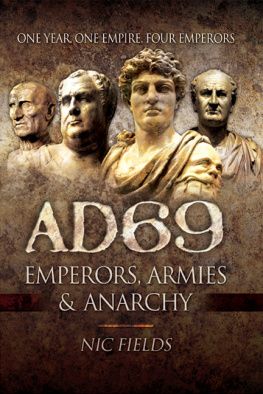






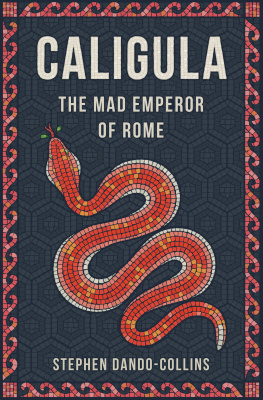
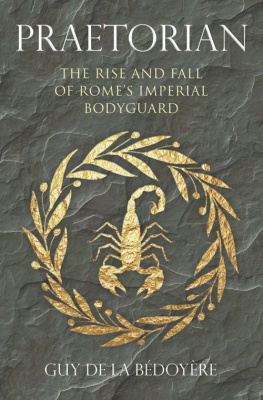
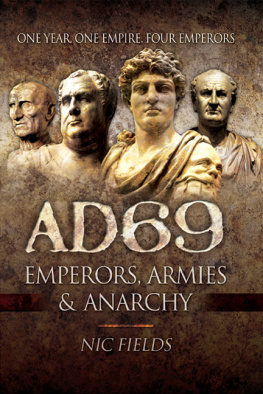
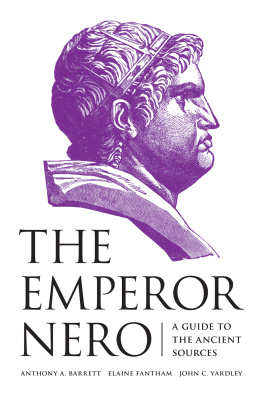

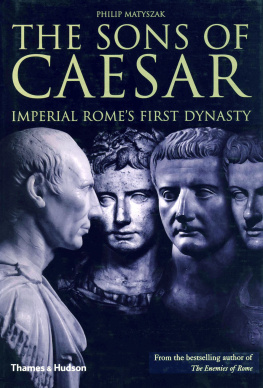

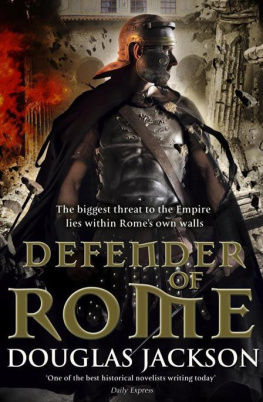






 HQ of Antonius Primus
HQ of Antonius Primus